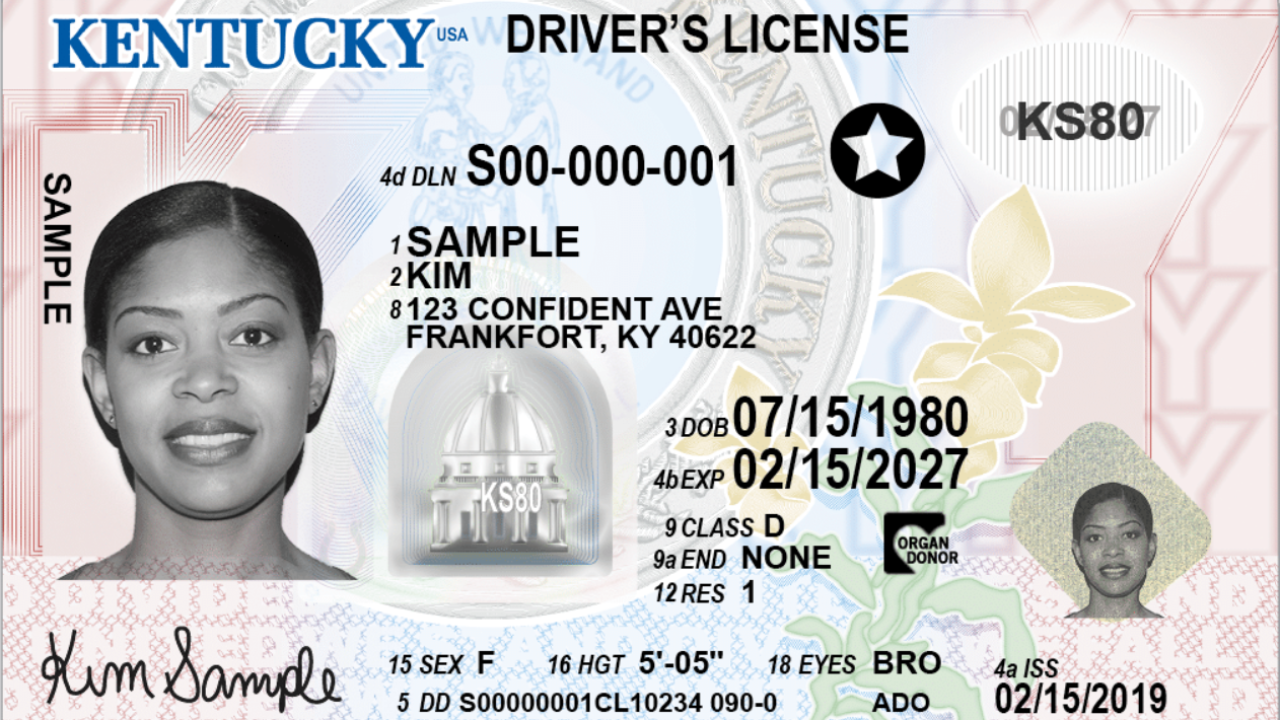The Deadline to Obtain a Real ID Is Fast Approaching: What You Need to Know
As the date for implementing the Real ID Act draws near, it’s crucial for individuals across the United States to understand what this means for their travel and identification needs. The Real ID Act was enacted by Congress in 2005 in response to the 9/11 attacks, and it sets standards for the issuance of driver’s licenses and identification cards. With the deadline looming, many are left asking what steps they need to take to be compliant.

Many states are in the process of enhancing their ID verification methods to meet these new benchmarks, ensuring that only those who can prove their identity are issued this new form of identification. This change is not just a bureaucratic hassle; it has significant implications for anyone planning to fly domestically or visit secure federal facilities without a passport.
For those who haven’t yet acquired a Real ID, it’s essential to prioritize this task to avoid complications. Starting from the announced deadline, only individuals holding a compliant ID will be able to board commercial flights and enter certain government buildings, making it imperative to act swiftly.
Understanding the Requirements for a Real ID
To obtain a Real ID, applicants must visit their state’s Department of Motor Vehicles (DMV) or equivalent agency and provide specific documentation. This typically includes:
- Proof of Identity: A valid, unexpired U.S. passport, birth certificate, or other government-issued documents.
- Proof of Social Security Number: This can be achieved through a Social Security card or other official documents indicating your SSN.
- Proof of Residency: Items such as utility bills, bank statements, or leases that show your current address are essential.
It’s wise to check what exact documents your state requires since regulations can vary significantly. Make sure to carry original documents or certified copies, as photocopies may not be accepted.
The Consequences of Procrastination
With the deadline approaching quickly, delays could lead to longer waiting times at the DMV. Many locations have already experienced an increase in foot traffic, and if individuals wait until the last minute, they risk not being able to secure their Real ID in time. An adequately planned visit and gathering of required documents can save you time and frustration.
In addition to potential delays at the DMV, failure to obtain a Real ID can lead to disruptions in travel plans. If you plan to fly domestically after the deadline, having a compliant form of identification is non-negotiable. Eventually, travelers may face denied boarding or additional scrutiny at security checkpoints without the proper ID.

Planning Ahead for the Deadline
To ease the process of obtaining your Real ID, consider scheduling an appointment at your local DMV. Many states now allow online bookings, which can dramatically reduce wait times. Furthermore, gathering all necessary documents in advance can smoothen your interaction.
It’s also beneficial to familiarize yourself with your state’s specific deadlines and any adjustments to office hours, especially as these may change in anticipation of the high volume of applicants. The more knowledge you have, the smoother the experience will be.
Final Thoughts
In navigating the requirements of obtaining a Real ID, the most important step is to act now. As the deadline approaches, being proactive will ensure that you are not left without the necessary identification for travel or access to federal facilities. Whether it’s planning your visit to the DMV or collecting the required documents, every bit of preparation counts.
Stay informed about the changes related to the Real ID and take the necessary steps to ensure you are ready when it counts the most. Don’t let procrastination hinder your ability to travel seamlessly and enjoy peace of mind when it comes to identification requirements.



